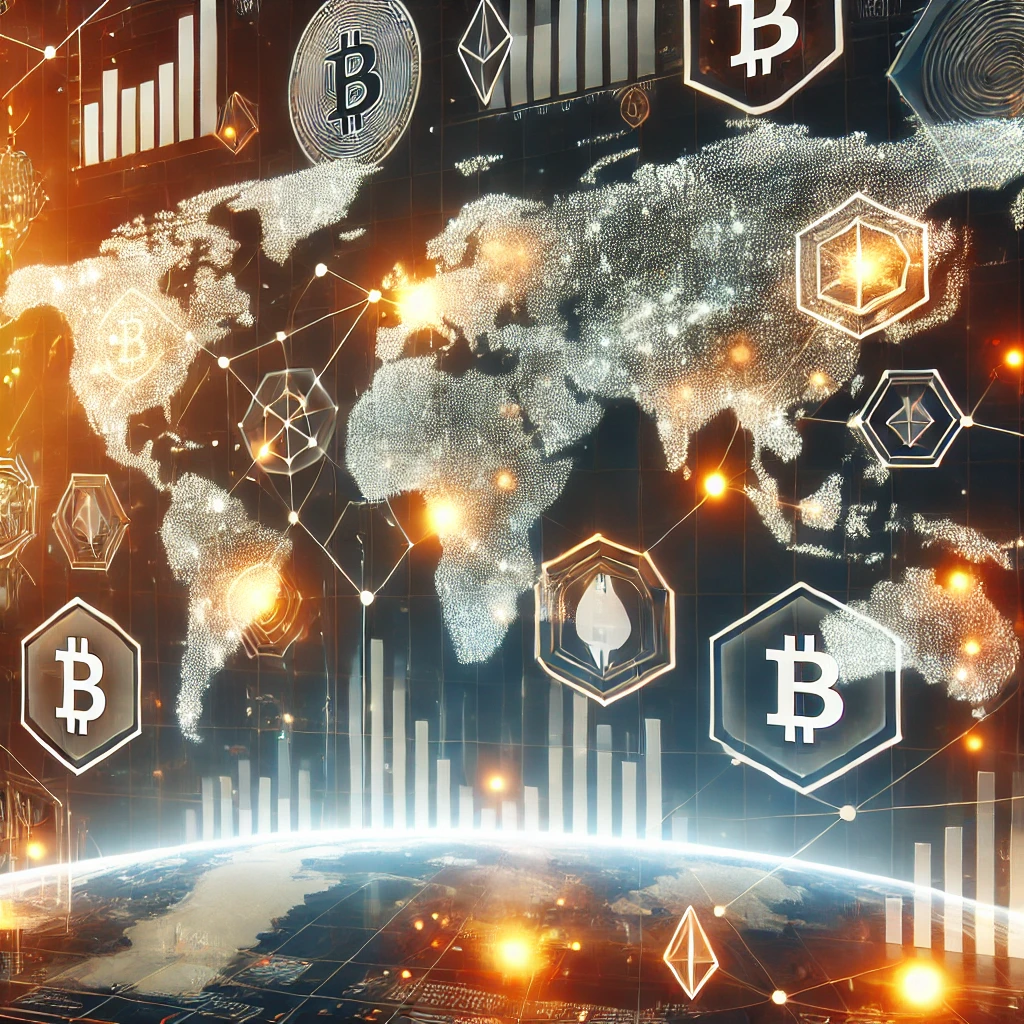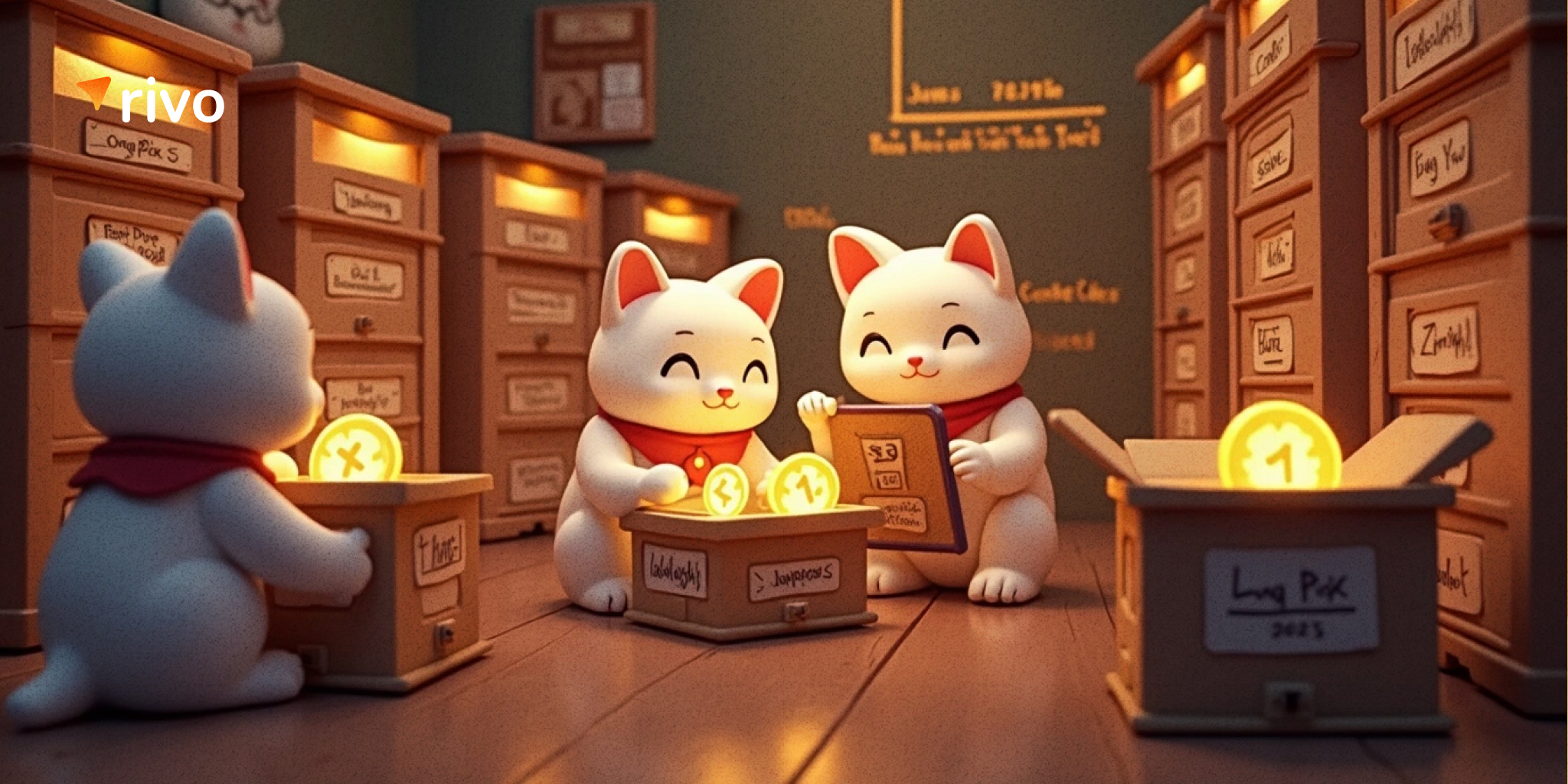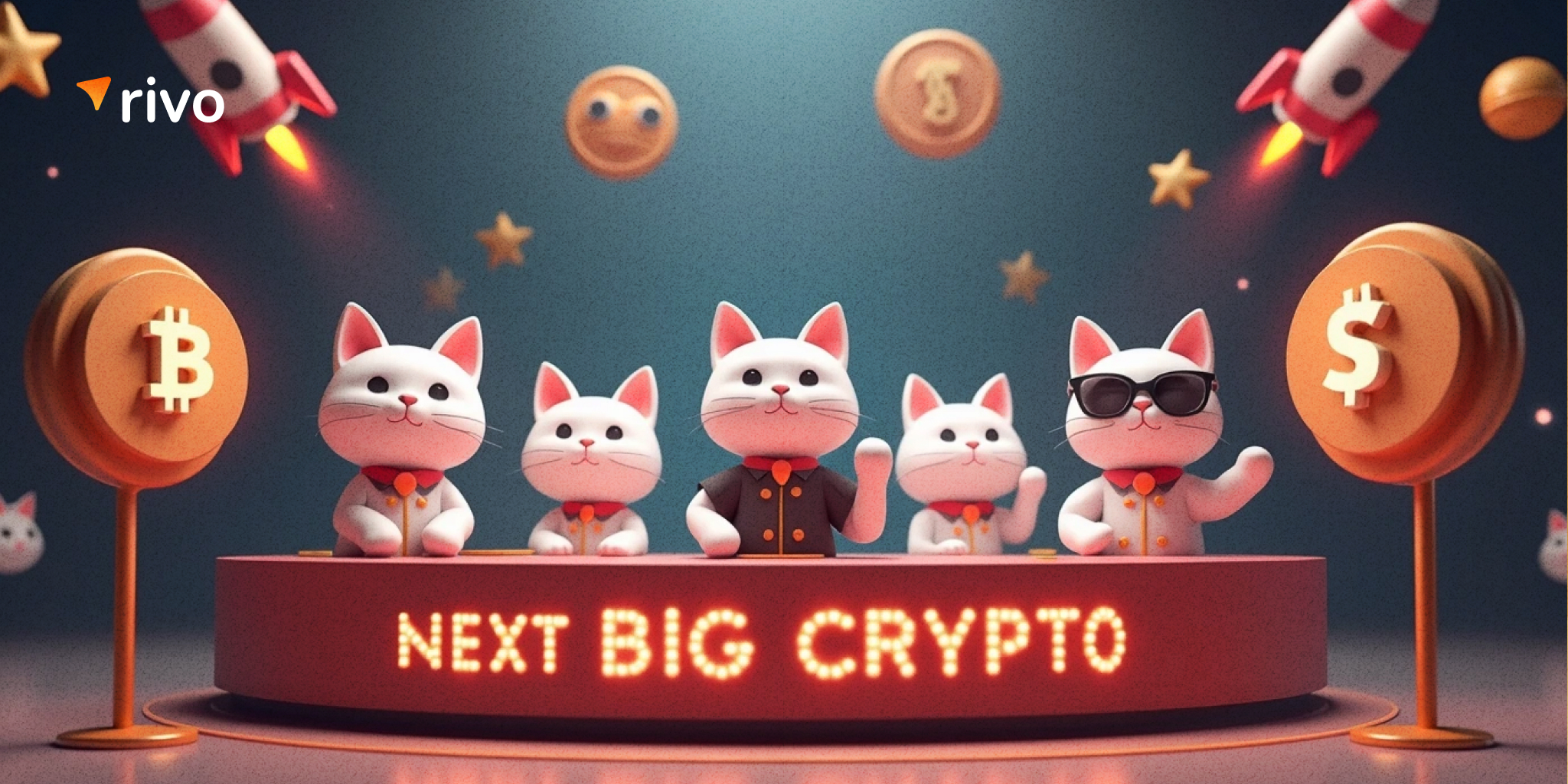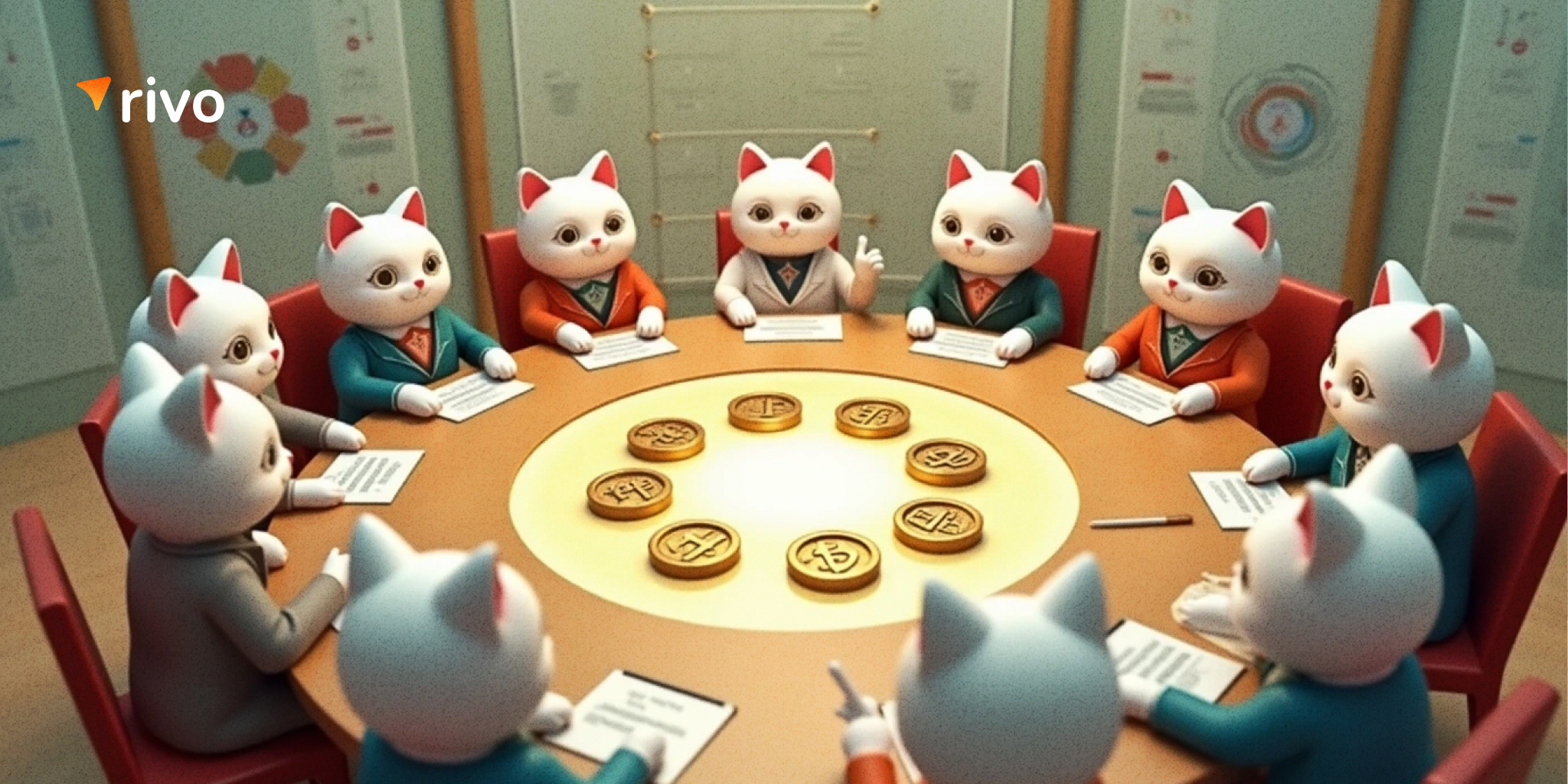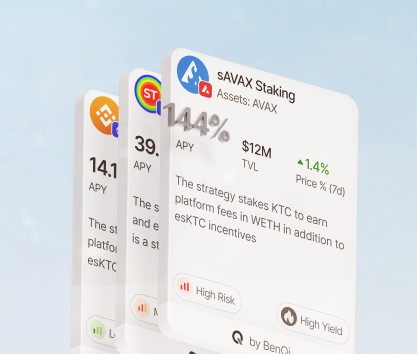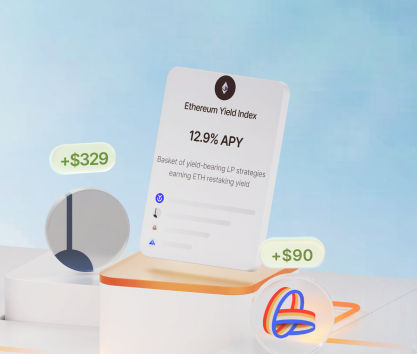In a survey conducted by Xangle, over 90% of accredited investors said that they are intensely contemplating the idea of entering the DeFi market by the end of 2024. Judging by the influx of cash increasing the combined TVL of the ecosystem by a whopping 123% within just 12 months, many surveyed capital holders stuck to their word.
The impact of DeFi on the global economy is noticeable across many financial markets with investors struggling to identify the best course of action going forward. With the geopolitical situation swinging like a chaotic metronome and deglobalization intensifying, choosing the right assets, national economies, and stocks to invest in seems close to impossible.
Equal access to financial services, novel investment instruments, and the growing anxiety of investors seeking new places to park their capital sculpt a new reality where DeFi looks like the best candidate to take the spotlight.
DeFi and traditional finance
The journey from $1 billion in TVL to over $180 billion took just 4 years for the ecosystem. The impressive growth of many protocols showcases that users from many nations are interested in using these novel products. It is one of the best solutions for the banking issue.
Let’s crunch some numbers:
- The number of unbanked individuals globally is estimated by the World Bank at 1.4 billion (17.5%).
- The cost of international remittances can be reduced by over 85% according to Cambridge Center.
- In some countries, such as the Philippines, remittances can reach 10% of the national GDP.
DeFi protocols allowing users to quickly move wealth or park assets safely while giving them access to money looks quite handsome to many who struggle to find a good banking option. Some examples of countries actively implementing DeFi are Vietnam, Thailand, and the US. Here, the index of DeFi interaction rates is close to 1. China, the United Kingdom, and India follow closely behind.
At the same time, global spending on blockchain has increased by 7 fold since 2018 and reached a massive number of $19 billion in 2024. Companies like J.P. Morgan, Fidelity Investments, and many others are increasingly using DeFi for international transactions.
Decentralized finance and economic growth
One of the expectations is that the global blockchain market, which includes logistics solutions as well as fintech products, is expected to grow to over $65 billion by 2026. Currently, the biggest ecosystem for many new solutions is Ethereum but other networks are also used quite frequently. Recently, Base and Solana showed a dramatic increase in deployed protocols.
During economic downturns, a surprising surge in demand for luxury goods occurs with an impressive level of consistency. We are seeing it in the current economy where brands selling premium products thrive. Interestingly enough, the retail and luxury sectors of the “real” economy have a solid 80% rate of crypto acceptance.
Here are some of the industries with the highest rate of crypto acceptance in the US:
- Retail and grocery stores are at 80%.
- The luxury goods sector also accounts for 80%.
- Healthcare is behind by just 17%.
The share of companies offering digital media services and entertainment also allows clients to use cryptocurrencies for payment purposes. The current pace of growth in the DeFi ecosystem is quite good and the rate of adoption keeps surprising everyone. Undeniably, there is already a strong bond between centralized and decentralized finance systems.
How DeFi may change the approach to lending and investment
The share of large capital holders who are interested in parking their money at various DeFi protocols and funds is roughly 27% according to Fidelity Investments. The number barely increased but the share of institutional investors who believe that the DeFi sector is capable of seriously impacting the world of finance is much higher than just a couple of years ago! It grew by several percentile points and reached a 55% milestone!
In Asia, over 63% of respondents claim that they will not be intimidated by volatility and high risk. At the same time, over 53% of investors feel that bad press and negative media coverage reduce the interest from capital holders to stick around.
Among investors who changed their opinion about digital assets for the better, the reasoning is quite solid:
- Over 23% feel that they understand the sector better.
- 19% believe that the growth potential and returns are greater than in tradfi.
- 15% think that the future is behind the innovation brought by DeFi.
Simultaneously, investors who changed their view of the ecosystem for the worse think that scandals, negative media coverage, and poor understanding of the role of regulators in the context of DeFi growth are things that scare away potential investors.
Capital holders seem to be interested in safer investment options within the DeFi sector. Here are the biggest categories of protocols that have grown significantly during the last couple of years:
- Liquid staking has grown by 106% year-on-year in January 2025 and reached $64 billion. Lido is the biggest gainer. Its TVL is over $24.4 billion, which is roughly half of the total TVL of the category. Binance Staked ETH and Jito on Solana followed behind with $5.2 billion and $2.95 billion in TVL respectively.
- Lending is one of the biggest categories in the DeFi sector. The combined TVL of all protocols grew by 114% in the same period reaching $52 billion. Aave is leading the pack with $19.3 billion with several large platforms like JustLend on Tron and multichain Morpho with $4.7 billion and $3.9 billion respectively.
Both categories allow investors to park capital with a high level of confidence and safety. Returns are lower compared to some tradfi options but the potential to gain massive APYs under certain circumstances act like premiums. To top it all off, liquid staking is a great choice for many users as it allows you to keep using tokens.
The future of DeFi in economic systems
Regardless of the size of available investable capital, investors are increasingly interested in throwing their wealth into the DeFi ecosystem. The main targets for capital allocation are lending and liquid staking protocols. DEXes and bridges, which are crucial components of the DeFi’s infrastructure, follow closely behind. For instance, DEXes have a combined TVL of over $25.5 billion.
The impact of DeFi on exchange rates and inflation is diluted and mostly unnoticeable. However, investors believe that using DeFi assets as hedging mechanisms against fiat inflation is a good idea. Many respectable analysts and big investors have said that they are diversifying by expanding in cryptocurrencies.
Geopolitical tensions also lead to the expansion of the DeFi sector as it allows many organizations to continue operating while under sanctions and other prohibitions. The democratization of finance is something that must be considered as an impactful factor if you are contemplating the idea of investing heavily in various tokens.
Final thoughts
Financial inclusion through DeFi, hedging against fiat inflation, and the growing acceptance of crypto by retailers and other businesses create a solid foundation upon which a shining beacon of hope can be raised. With over 90% of accredited investors diversifying by expanding into the world of DeFi, it seems that the interest in this sector will only continue growing.
However, the lack of regulation and bad press still negatively affect the industry. Many investors see risks associated with decentralized finance as major turn-offs. They do not like the thought of allocating capital to an ecosystem that does not have a strong track record of stability and trustworthiness.

